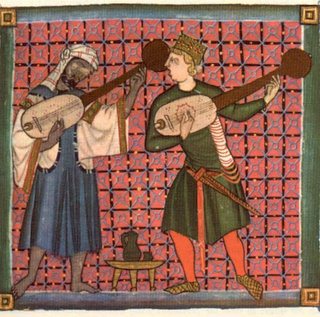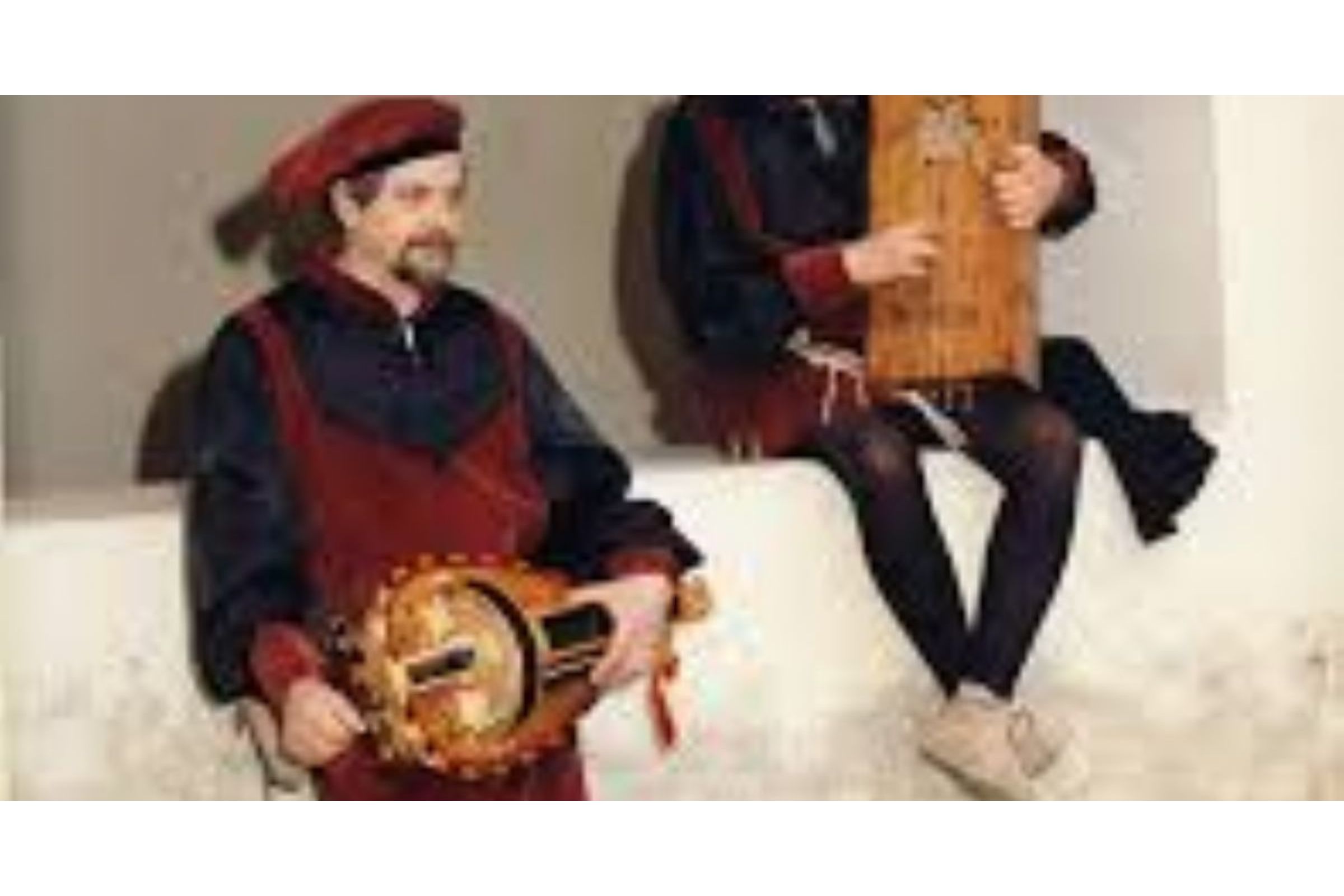The leading role among the Tuscan poets of up to 13 C. belongs to Bonagiunta, the oldest and therefore the first to transplant the Sicilian experience in Tuscany and to Guittone, the most important, with his fame, was decisive in the spread of new poetry and trained a generation of poets. After the fall of the Swabians following the defeat in the Battle of Benevento, in 1266 the school also loses importance and development of the Sicilian poetic vulgar passes in Tuscany, a region which with the Sicily had had many contacts mainly due to cultural influences that occurred at the University Bologna.

The Tuscan poets of this period are normally referred to as the Sicilian-Tuscans, indicating both the dependence on the Sicilian and Tuscan School, although completely original is the contribution that they introduce in the new poetic genre. The new format echoes the Sicilian poets, such as the sonnet and song but also experience the ballad and the sirventese and give ample space to political issues and civil rights, precisely because of the effervescence of political Tuscan characterized by constant struggles between a municipality and the 'another, and within individual municipalities. They use language course as the Tuscan, each with lexical patina typical of the city of origin; All major Tuscan cities, have their own poets, among them the best known are: Bonagiunta Orbicciani in Lucca, Guittone in Arezzo , Panucci Del Bagno in Pisa, Meo Abbracciavacca in Pistoia, Folcacchiero de 'Folcacchieri in Siena, Dante da Majano in Florence

